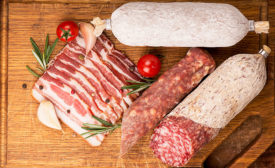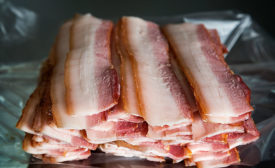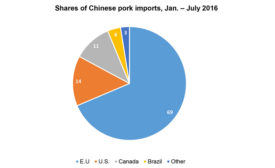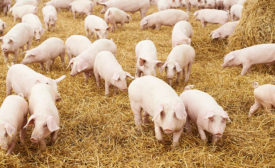Home » Keywords: » state of pork
Items Tagged with 'state of pork'
ARTICLES
State of the Industry
State of the Meat and Poultry Industry 2017: Pork
Customers benefit from growing pork supplies.
Read More
Get our new eMagazine delivered to your inbox every month.
Stay in the know with The National Provisioner's comprehensive coverage of the meat and poultry processing industry.
SUBSCRIBE TODAY!Copyright ©2024. All Rights Reserved BNP Media.
Design, CMS, Hosting & Web Development :: ePublishing





